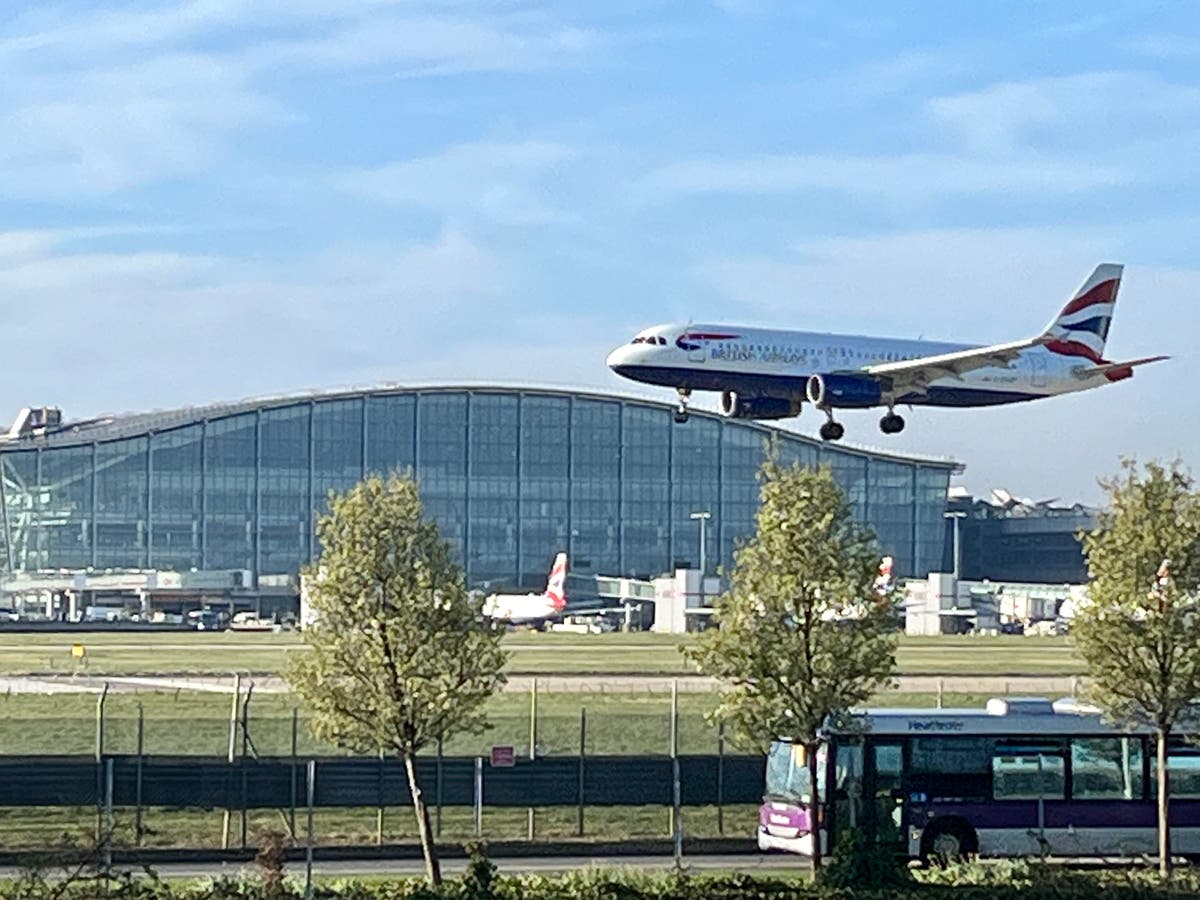Should you sleep your way across Europe? Ask the experts
Train Talk: Make sure the times are civilised and check that you won’t miss out on great scenery


Sign up to Simon Calder’s free travel email for expert advice and money-saving discounts
Get Simon Calder’s Travel email
“Train de Nuit = Teleportation”.
So read the most distinctive banner in a small manifestation at Paris Gare de l’Est on Tuesday evening. The demonstration was in support of a night train preparing to depart for Berlin. Some commuters heading for more modest destinations applauded as they diverted around the show of solidarity for intercity terrestrial transport.
Never have I encountered such enthusiasm for a departing train – just as I have never seen such a welcome for a railway arrival as happened earlier in the day.
Spotlights in red, white and blue were trained on the slightly delayed 10.14am arrival from Berlin. The crowd of well-wishers and media who had assembled to welcome the fully booked night express via Frankfurt and Strasbourg were dazzled.
The two most important capital cities in the European Union are now reconnected by an overnight train. The date was well chosen. At the same Paris station on 12 December 2014 – exactly nine years earlier – German Railways had run its final sleeper train to Berlin.
A combination of accelerated day trains and competition from low-cost airlines saw German Railways retreat from Paris-Berlin, and within a year close its entire City Night Line operation.
“We were here nine years ago to mark the end of the link,” said Pascal Dauboin of the collectif Oui au Trains du Nuit (”Yes to Night Trains”). His pressure group has been calling for a reversal of the trend of abandoning overnight links.
Quietly, Russian Railways picked up the Berlin-Paris route as an extension of its train from Moscow. Covid shut that enterprise down abruptly in March 2020. Russian Railways is the ultimate exponent of overnight trains, running the expresses that link Moscow with all corners of the world’s biggest country. But since the Kremlin’s invasion of Ukraine, it is off Western rail networks.
The organisation that has now picked up the discarded baton is Austrian Railways, whose Nightjet operation is steadily expanding across Europe. Yet in a compact continent with more fast trains and cheap flights than ever, how can overnight trains appeal to enough passengers to be economically viable?
“Thirty minutes to sleep, and 30 minutes to wake up,” Pascal Dauboin answers crisply. “In one hour, you’ll be there.”
Welcome sign: Pascal Dauboin waiting for the first restored Berlin-Paris sleeper train
(Simon Calder)
In the absence of teleportation, a sleeper train may constitute the best option to transpose the traveller almost instantaneously from A to B.
Yet sometimes sleeping your way across Europe is not the best way: it pays to heed the advice of the editors of Europe by Rail.
“We do love the idea of an overnight train journey,” say Nicky Gardner and Susanne Kries. “But we are a bit picky about where and when we hop on a night train.” So they have characterised the perfect night train.
The European rail gurus believe a sleeper journey should be at least 10 hours. The Austrian Railways Nightjet from Vienna to Venice departs at a civilised 9.27pm, arriving at an equally civilised 8.24am, almost 11 hours later. But for anyone picking up the train at Salzburg, the departure time is a distinctly uncivilised 1.40am with barely six hours for that teleportation trance.
Nicky and Susanne say: “Making an occasion of a journey is all about making time for a journey. The decadence of a leisurely evening on board, sleeping well and enjoying time on the train in the morning are key factors.”
“In an ideal world, every night train would depart around 7pm, have a proper restaurant car for a relaxed dinner, and no one would be turfed off the train until well after breakfast next morning.”
The Caledonian Sleeper from London to Fort William comes close to matching their criteria. The UK’s undisputed greatest overnight train leaves the English capital at 9.15pm and arrives at its Scottish Highland destination at 9.57am.
The other crucial element: the scenery you miss while asleep – or awake but travelling through the dark. Nicky and Susanne advise: “The pleasure of the night train is having some daylight hours on the train, and not being forced to wake unreasonably early.”
The finest portion of the Caledonian Sleeper route to Fort William lies beyond Helensburgh, northwest of Glasgow, with the rolling repertoire of spectacular landscapes beginning shortly after 6.30am.
In the deep midwinter, one of the greatest shows on rails begins about two hours before sunrise. Best save the romance of the West Highland Line for summer, when you wake to wonders outside your window.
The Paris to Berlin journey is not the same scenic scale. It has some rewarding stretches, including the “classic” line carving through Alsace and the slice through former East Germany. But to connect the capitals in a hurry, the closest thing to teleportation will do just fine.

 Koichiko
Koichiko 






























